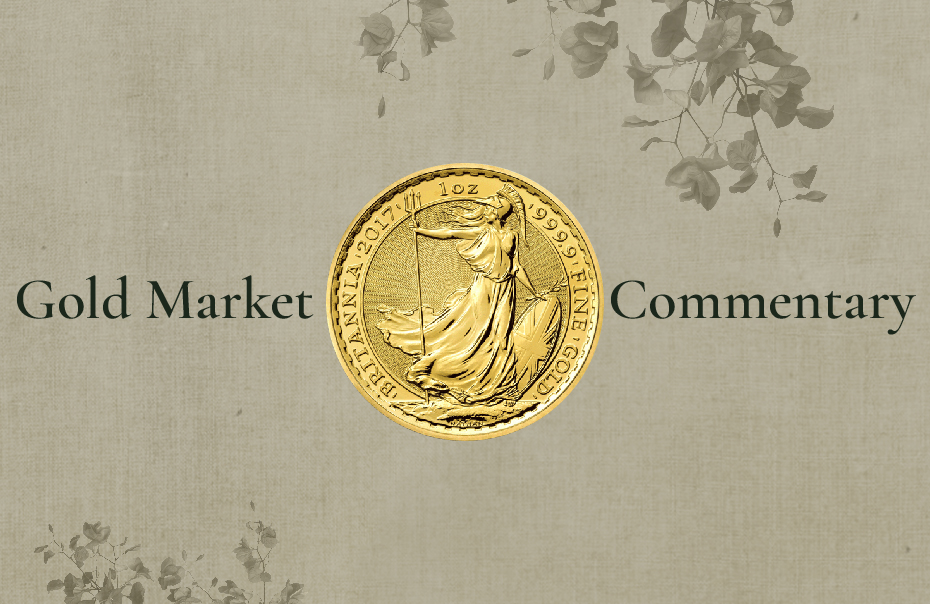Gold Sees Brief Dip Below $2,000 Amidst Delayed U.S. Rate Cut Prospects and Economic Indicators
Gold prices briefly fell below $2,000 per ounce for the first time in two months in mid-February before later recovering ground and hovering just above this key support level, weighed by expectations that the U.S. Federal Reserve (central bank) may wait further before possibly cutting interest rates.
Gold was up 0.68 percent at $2,007.26 per ounce on February 15.
Gold prices traded near the $2,000 level after the number of U.S. workers applying for first-time unemployment benefits last week came in below expectations.
On February 15, the U.S. Labor Department said that weekly jobless claims decreased by 8,000 to 212,000 during the week ending February 10, down from the previous week’s estimate of 220,000 claims.
Hopes of a spring 2024 U.S. rate cut have receded after higher-than-expected January U.S. inflation data, which was due to an increase in costs of shelter and health care.
U.S. monetary authorities will want to see more evidence that inflation is coming under control, before reducing rates.
A U.S. rate cut in June 2024, instead of as initially foreseen in March, or in May, is now expected by many analysts.
The delay in prospects for a U.S. rate cut has dragged on the gold price, which hit a record peak late in 2023, and has boosted the dollar against other currencies, including the pound.
A U.S. rate cut may reduce the return on yield-bearing assets relative to bullion which bears no yield.
Earlier in February, the pound fell to its lowest since mid-December as comments from Federal Reserve Chair Jerome Powell, and buoyant U.S. economic data, combined to strengthen the dollar.
Near term outlook for a soft pound
The Bank of England has recently held interest rates at 5.25%, but opened up the possibility of cutting them as UK inflation falls.
Annualised UK inflation remained steady at 4 percent in January on the back of easing prices for furniture and household goods, food and non-alcoholic beverages.
News on February 15 that Britain was in recession in the second half of 2023, dragged on the pound versus the dollar.
GDP shrank by 0.3% in the last quarter of the year – October to December – following a fall of 0.1% in the previous three-month period.
However, despite UK GDP falling in successive quarters, it did grow by 0.1% across the whole of 2023, data showed.
A weaker pound against the dollar, boosts the sterling-denominated return of sales of dollar-denominated gold by UK-based savers.







